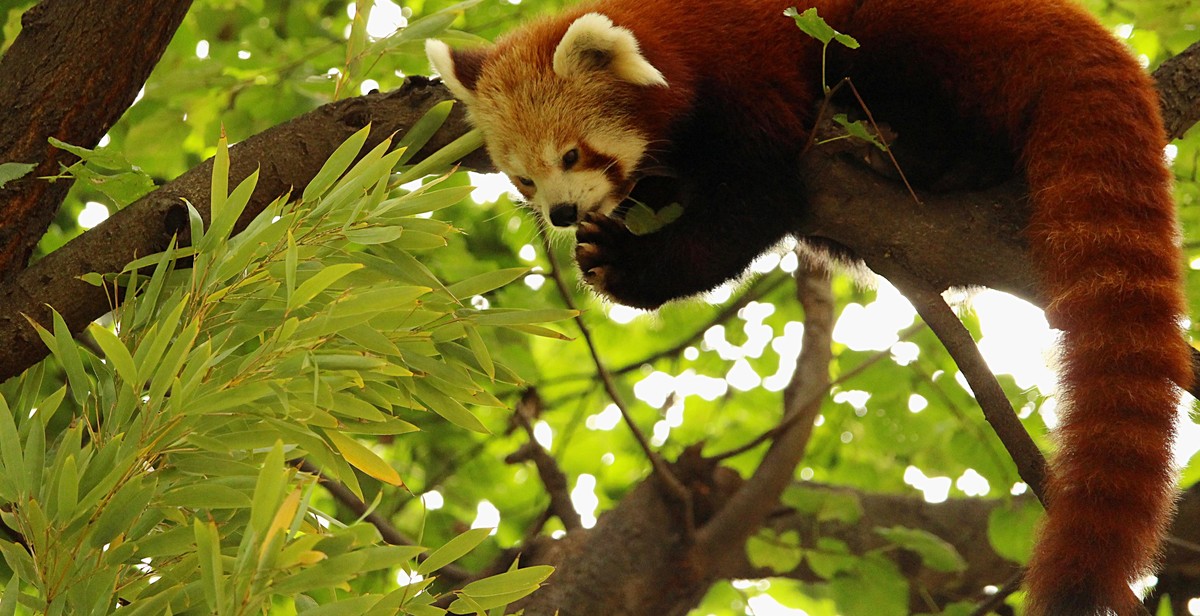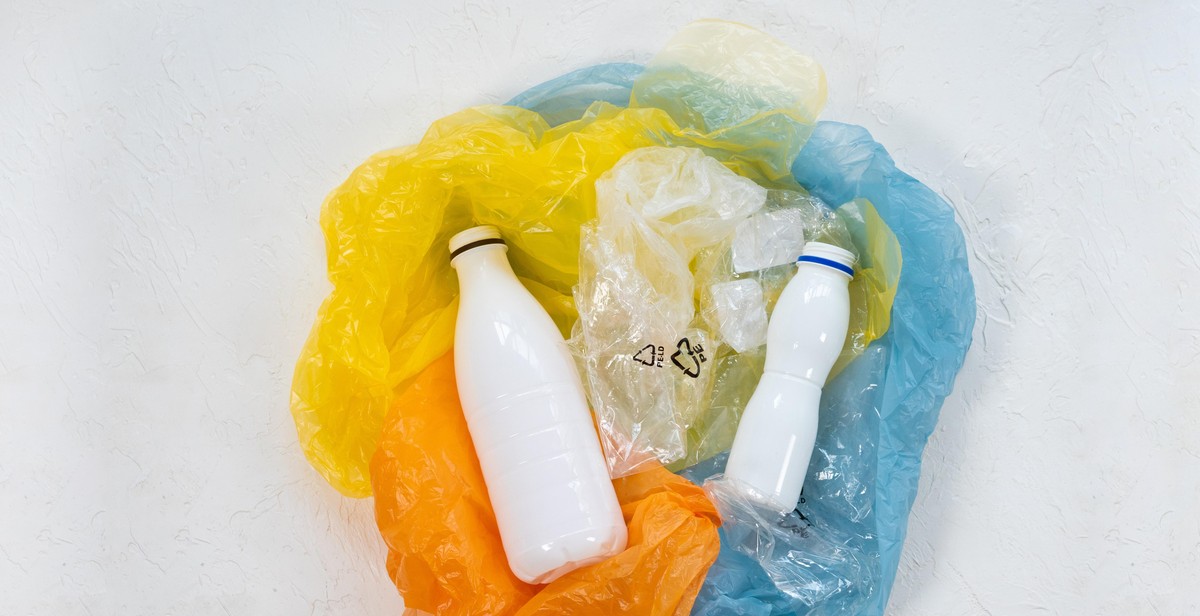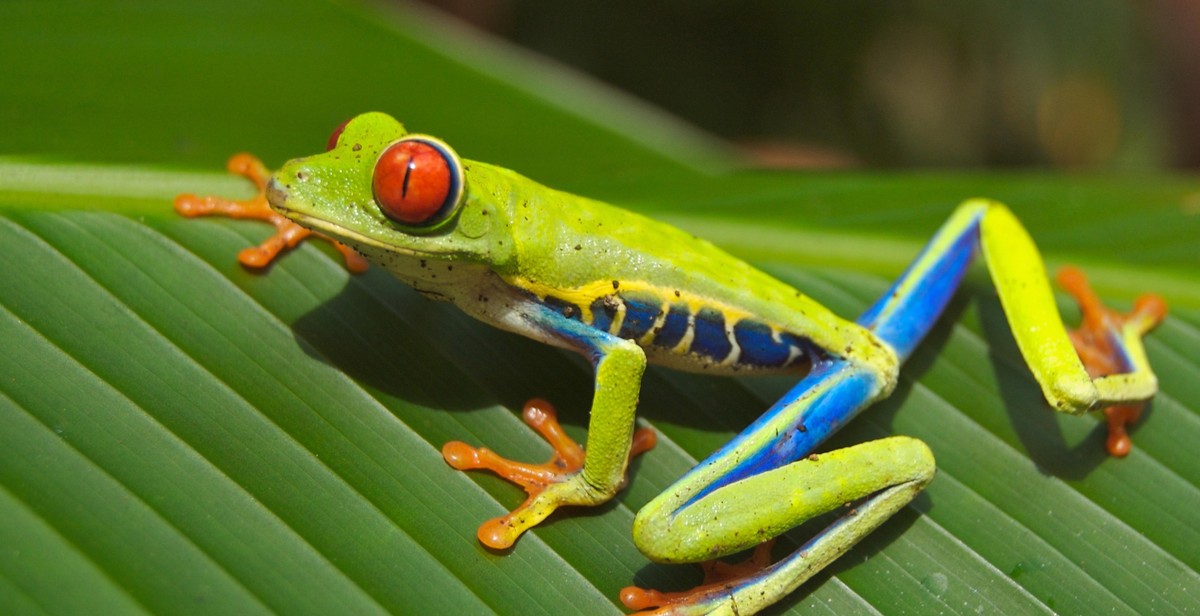How to Prevent Frog Extinctions: Conservation Practices for Protecting Endangered Frog Species
Frogs are fascinating creatures that play a crucial role in our ecosystem. They are not only important for maintaining the balance of our environment, but they also serve as an indicator of the overall health of our planet. Unfortunately, many frog species are currently facing the threat of extinction due to habitat loss, climate change, pollution, and disease.
As a professional article writer and content creator with years of experience, I have witnessed firsthand the devastating effects of these threats on frog populations. That’s why I am passionate about raising awareness and sharing conservation practices that can help prevent frog extinctions.
The Importance of Frog Conservation
Conserving frogs is important for several reasons. Firstly, frogs are an essential part of the food web. They serve as prey for many other animals, including fish, birds, and snakes. Secondly, they help control insect populations, which can prevent the spread of disease. Lastly, frogs are important indicators of the health of our environment. Their presence or absence can tell us a lot about the quality of our water and air.
The Threats Facing Frog Populations
Despite their importance, many frog species are currently facing the threat of extinction. Habitat loss is the biggest threat to frog populations. Wetlands, which are crucial habitats for many frog species, are being drained and developed for human use. Climate change is also affecting frog populations, as changes in temperature and rainfall patterns can disrupt breeding cycles and migration patterns. Pollution and disease are also major threats to frog populations.
In the following sections, we will discuss the conservation practices that can help protect endangered frog species and prevent their extinction.

Why Frogs are Endangered
Frogs are one of the most threatened groups of animals in the world. There are over 7,000 species of frogs, and around one-third of them are at risk of extinction. The main reasons for frog population decline include habitat destruction and fragmentation, climate change, pollution, and pesticides.
Habitat Destruction and Fragmentation
Frogs are highly dependent on their habitat for survival. They require specific environmental conditions to breed, feed, and shelter. Unfortunately, human activities such as deforestation, urbanization, and agriculture have led to the destruction and fragmentation of frog habitats. This loss of habitat has resulted in a decline in frog populations as they struggle to adapt to new environments.
Fragmentation of habitats is particularly damaging to frog populations. When a habitat is fragmented, it is divided into smaller pieces, making it more difficult for frogs to move between different areas. This can lead to inbreeding, reduced genetic diversity, and a higher risk of disease. Fragmentation also makes it easier for predators to find and feed on frogs.
Climate Change
Climate change is another major threat to frog populations. Frogs are sensitive to changes in temperature, rainfall, and humidity. As the climate changes, frog habitats are also changing, becoming less suitable for many species. This can lead to a decline in frog populations as they struggle to adapt to new conditions.
Climate change can also affect the timing of breeding cycles, which can have significant impacts on frog populations. For example, if the breeding season is delayed due to changes in temperature, frogs may not have enough time to lay their eggs before the environment becomes unsuitable for their development.
Pollution and Pesticides
Pollution and pesticides are also major threats to frog populations. Chemicals such as pesticides, herbicides, and fertilizers can enter frog habitats through runoff from agricultural fields and urban areas. These chemicals can harm frogs directly by poisoning them or indirectly by destroying their food sources.
Pollution can also lead to the growth of harmful algae blooms, which can deplete oxygen levels in the water. This can result in the death of large numbers of frogs and other aquatic animals.
| Pollutant | Source | Impact on Frogs |
|---|---|---|
| Mercury | Coal-fired power plants, mining | Neurological damage, reproductive failure |
| Chlorine | Industrial processes, drinking water treatment | Developmental abnormalities, weakened immune system |
| Pharmaceuticals | Human and animal waste | Changes in behavior, growth, and development |
To prevent further declines in frog populations, it is essential to address these threats through conservation practices and policy changes. By protecting and restoring frog habitats, reducing greenhouse gas emissions, and regulating the use of pesticides and pollutants, we can help to ensure the survival of these important and fascinating creatures.

Conservation Practices for Protecting Endangered Frog Species
As a nature enthusiast and conservationist, I have seen firsthand how human activities have contributed to the decline of frog populations worldwide. Fortunately, there are several conservation practices that can help protect endangered frog species from extinction.
Habitat Restoration and Creation
Frogs are highly dependent on their habitat for survival. Therefore, habitat restoration and creation are essential conservation practices for protecting endangered frog species. This involves identifying degraded habitats and restoring them to their natural state. It may also involve creating new habitats where necessary.
For example, in my experience working with conservation organizations, I have seen the success of wetland restoration projects in protecting endangered frog species such as the California red-legged frog. By restoring the wetland habitat, we were able to create a suitable environment for the frogs to breed and thrive.
Reducing Pollution and Pesticide Use
Pollution and pesticide use are major threats to frog populations. Pesticides, in particular, can have devastating effects on frogs and other amphibians, leading to developmental abnormalities and even death. Therefore, reducing pollution and pesticide use is crucial for protecting endangered frog species.
One effective way to reduce pesticide use is by promoting integrated pest management (IPM) practices. This involves using a combination of methods to control pests, such as biological control and crop rotation, rather than relying solely on pesticides.
Climate Change Mitigation
Climate change is another major threat to frog populations. As temperatures rise, frog habitats may become unsuitable, leading to declines in populations. Therefore, climate change mitigation is an important conservation practice for protecting endangered frog species.
One way to mitigate the effects of climate change is by reducing greenhouse gas emissions. This can be achieved through the use of renewable energy sources, such as wind and solar power, and by promoting energy efficiency.
Education and Awareness
Education and awareness are essential for promoting conservation practices and protecting endangered frog species. By educating the public about the importance of frogs and their role in the ecosystem, we can increase support for conservation efforts.
One effective way to promote education and awareness is through outreach programs and community events. For example, I have participated in frog-watching events where members of the public can learn about different frog species and their habitats.
Conservation Breeding Programs
Conservation breeding programs are another important conservation practice for protecting endangered frog species. These programs involve breeding frogs in captivity and releasing them into the wild to supplement wild populations.
One successful example of a conservation breeding program is the Panamanian golden frog. This critically endangered species was successfully bred in captivity and released into the wild, helping to boost wild populations.
Conclusion
Overall, there are several conservation practices that can help protect endangered frog species from extinction. By implementing these practices, we can ensure that these important species continue to thrive in their natural habitats.

Conclusion
In conclusion, frog extinctions have become a global issue, and it is important to take action to protect these endangered species. Conservation practices are crucial in ensuring that frog populations thrive and continue to play their important role in the ecosystem.
One of the key ways to prevent frog extinctions is to protect their habitats. This can be achieved by creating protected areas, such as national parks and reserves, that ensure frogs have access to the resources they need to survive. Additionally, we should limit the use of pesticides and other chemicals that can harm frog populations and their habitats.
Another important conservation practice is to reduce the impact of climate change on frog populations. This can be achieved by reducing carbon emissions and promoting sustainable practices that minimize our impact on the environment.
Finally, education and awareness are crucial in ensuring that people understand the importance of frogs and the need to protect them. By educating ourselves and others about the importance of conservation practices, we can work together to prevent frog extinctions and protect these important species for future generations to enjoy.
| Key Takeaways: |
|
